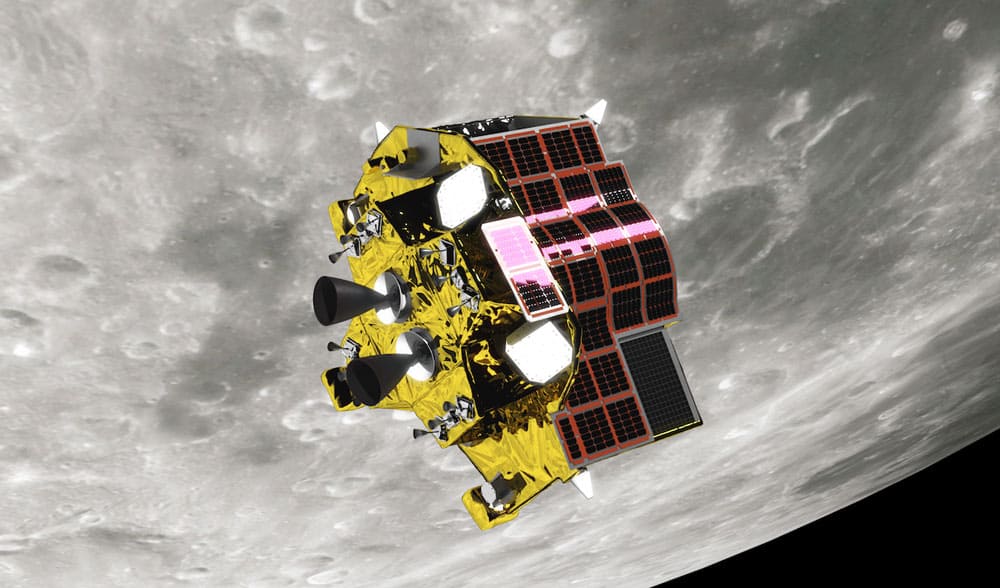Estimated reading time: 2 minutes
The Japan Aerospace Exploration Agency (JAXA) announced that communication with the probe had been re-established on Sunday evening, indicating that the malfunction had been resolved.
The solar panels are now functioning again after lighting conditions changed, allowing them to capture sunlight.
The solar panels were facing away from the sun when the lander touched down on 20 January, preventing it from generating power.
Japan became the fifth country to achieve a soft landing on the Moon with the Smart Lander for Investigating Moon (SLIM) space probe, following the US, USSR, China, and India.
The spacecraft operated on batteries for a few hours before being switched off to allow power to be restored as the angle of the sun’s rays changed.
JAXA posted a photo of a nearby rock, nicknamed ‘Toy Poodle’, taken by the spacecraft on website X (formerly Twitter).
The spacecraft will analyse the composition of the rocks to unravel the moon’s origin.
It landed on the edge of an equatorial crater called Shioli, within 55 metres (180 feet) of its target. The landing was unprecedentedly precise.
The SLIM project aims to explore the moon’s hilly poles, which are potential sources of raw materials, water, and oxygen.
Previous Japanese attempts, including one by iSpace, have failed due to issues such as the onboard computer getting the altitude level mixed up.
JAXA has not announced the start date of the vehicle’s operations on the moon. It is worth noting that the lunar rover was not designed to survive a lunar night. The lunar night lasts approximately 14 days when the Moon’s surface is not illuminated by the Sun.
Statistics indicate that landing on the Moon is a challenging task, with only about half of all attempts being successful.
India recently joined the elite club of countries that have succeeded, with the Chandrayaan-3 rover landing near the Moon’s south pole in August 2023, an area that no human has yet reached.
In recent news, a privately-owned US spacecraft recently concluded its lunar mission, ultimately burning up over the Pacific Ocean. Similarly, Russia’s first lunar space probe in decades crashed into the moon last August after losing control.


